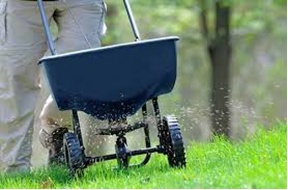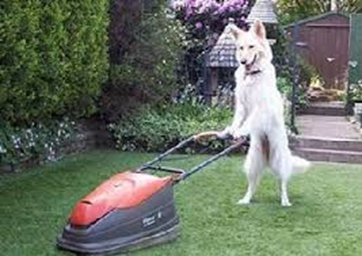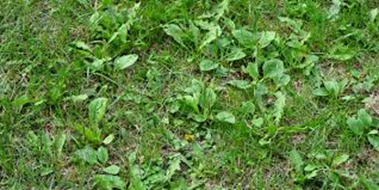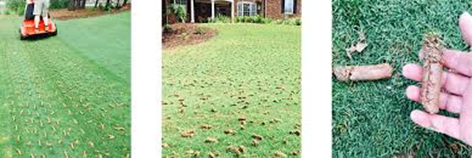When it comes to winter lawn care in Metairie & New Orleans , there are a few things you can do to ensure your lawn will be beautiful and lush once spring arrives. Preparing your lawn for winter will keep it healthy so it’s ready for spring. knowing the climate and conditions will help make sure you’re taking the best care of your lawn.

Fertilizing Your Lawn During Winter
Healthy lawns need three major nutrients: Nitrogen (N), for dense green top growth, phosphorus (P) for root growth, and potassium (K) for general health. Lawns also need micronutrients (iron, zinc, and others) and fertilizers can help supply these nutrients. When buying lawn fertilizer, you will see three numbers showing the N-P-K values (such as 21-7-14 or 15-5-10). The numbers represent the percentage of each nutrient; however, they do not add up to 100 percent. The other ingredients are inert material.
Warm-season lawns respond best to fertilization when the grass is actively growing, the temperature is warm, and the days are long. In southern states with mild winters, fertilize in spring when the growing season is in full swing. Also, wait until you have mowed once or twice. If you fertilize too early, you’re promoting top growth of the lawn at the expense of healthy root growth. You’re also encouraging weeds.
Whenever you use fertilizer, follow the directions on the label. More is not better.

After you spread fertilizer, water your lawn lightly to wash the fertilizer off the blades of grass and down onto the soil. With your broadcast spreader , you can adjust the spread to apply the right amount to your Lawn and not the sidewalk or driveway.
Mowing Your Lawn for Winter
As the weather becomes cooler, continue to mow your lawn until it stops growing. Warm-season lawns, Like the ones in Metairie, Kenner, Lakeview you may be mowing into the late fall. When leaves fall from the trees during this time of year, feel-free to mow over them as they will decompose quickly and add organic matter to the soil. This will also stop them from forming a mat that smothers grass plants. Be careful to not cut your lawn too short because that can encourage weeds and diseases, causing bare patches 2.5 – 3 inches is best for most warm season grasses.

Weeding Your Lawn in Winter Months
The best way to control weeds in any lawn is to concentrate on taking care of your grass. Healthy grass shades the soil, keeping new weed seeds from germinating. During the growing season, mow your lawn at the appropriate height and water regularly if it doesn’t rain.
Fall is a great time to control dandelions, henbit, creeping Charlie, and other weeds. You can dig them up or spot-treat problem areas with an herbicide. If you use herbicides, be sure to pay attention to specific temperature guidelines. On cool days, when the temperature is 50 degrees or warmer, weeds are actively growing and the herbicide will be more effective.

Aerating Your Lawn in Winter
During the fall, your lawn is preparing for winter, which means it’s enhancing its roots. Aerating will help your lawn increase root growth, allow it to breathe and minimize thatch build up. Minimizing build up is important because thatch makes your lawn susceptible to diseases and insects and reduces its tolerance to drought. Aerating your lawn will help contribute to a fuller and thicker lawn in the spring, giving you more time to enjoy a greener lawn throughout the summer.
Core aerators remove small plugs of soil allowing air, water, and nutrients to penetrate through to the roots. When these are more available to grass plants, your lawn will naturally be greener and healthier. Before you begin to aerate, make sure the soil is moist, but not wet. It’s best to wait until the day after a rain shower or watering your lawn. Once you’ve aerated your lawn, leave the soil plugs on the lawn and let them decompose naturally.
If you are having any issues with your lawn feel free to give Lawn Doctor of Lakeview a call (504) 444-6968. We would be more than happy to come take a look and get you started on one of our customized programs!
